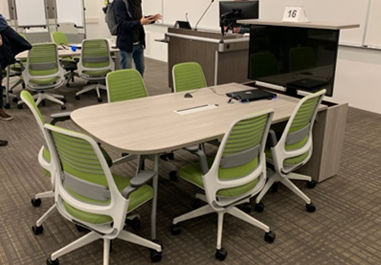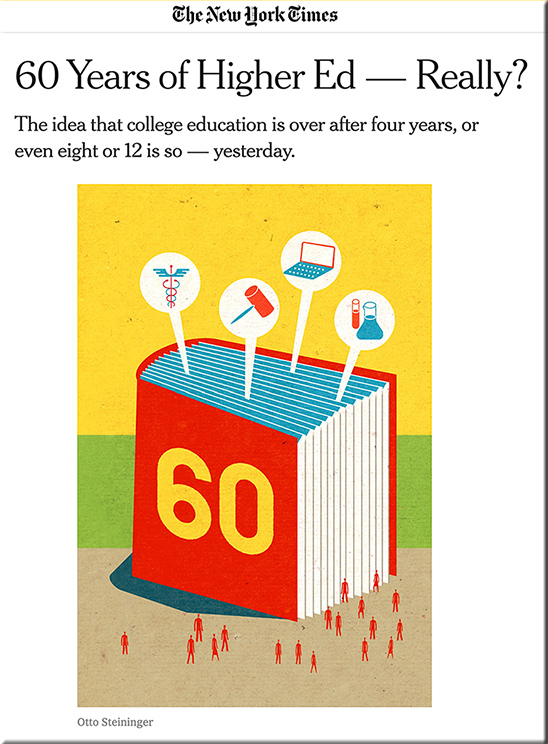Rants and rAVes — Episode 919: Gary Kayye’s Take on UCC Interoperability and the Future of Videoconferencing — from ravepubs.com by Gary Kayye
The recent news of video interoperability between Cisco, Zoom and Microsoft has generated a lot of industry buzz. If you’re interested, listen to rAVe Founder, Gary Kayye’s take on where he thinks all of this is headed and why we need to pay attention to the upcoming ISE show in Amsterdam in February 2020.
Also see:
- Cisco, Microsoft Teams and Zoom Will Be Totally Interoperable by Mid-2020! — from ravepubs.com by Chris Mcintyre-Brown
As video conferencing solutions proliferate, remote working continues to rise and the number of inter-company video conferences increases, a lack of system interoperability has become a major pain point for many users.
…
All this frustration could soon become a thing of the past, as Microsoft and Ciscoannounced this week that video interoperability will be available between Microsoft Teams and Webex Meetings and devices. What’s more, Microsoft has also announced it will support interoperability with Zoom. For the end user, this means that all these platforms will work together seamlessly. It’s a move that makes strong business sense for both Microsoft and Cisco and safeguards against any potential new disruptors.
Also see:
I’m proud to be part of team that’s designing the “classroom of the future” at The University of North Carolina at Chapel Hill:l (@UNC) #edtech #avtweeps @AVIXA Abd, YES, we will not only publish the AsBuilts but GIVE THEM AWAY for other colleges to copy! https://t.co/bhQgXXTmcT
— Gary Kayye (@gkayye) November 17, 2019

















